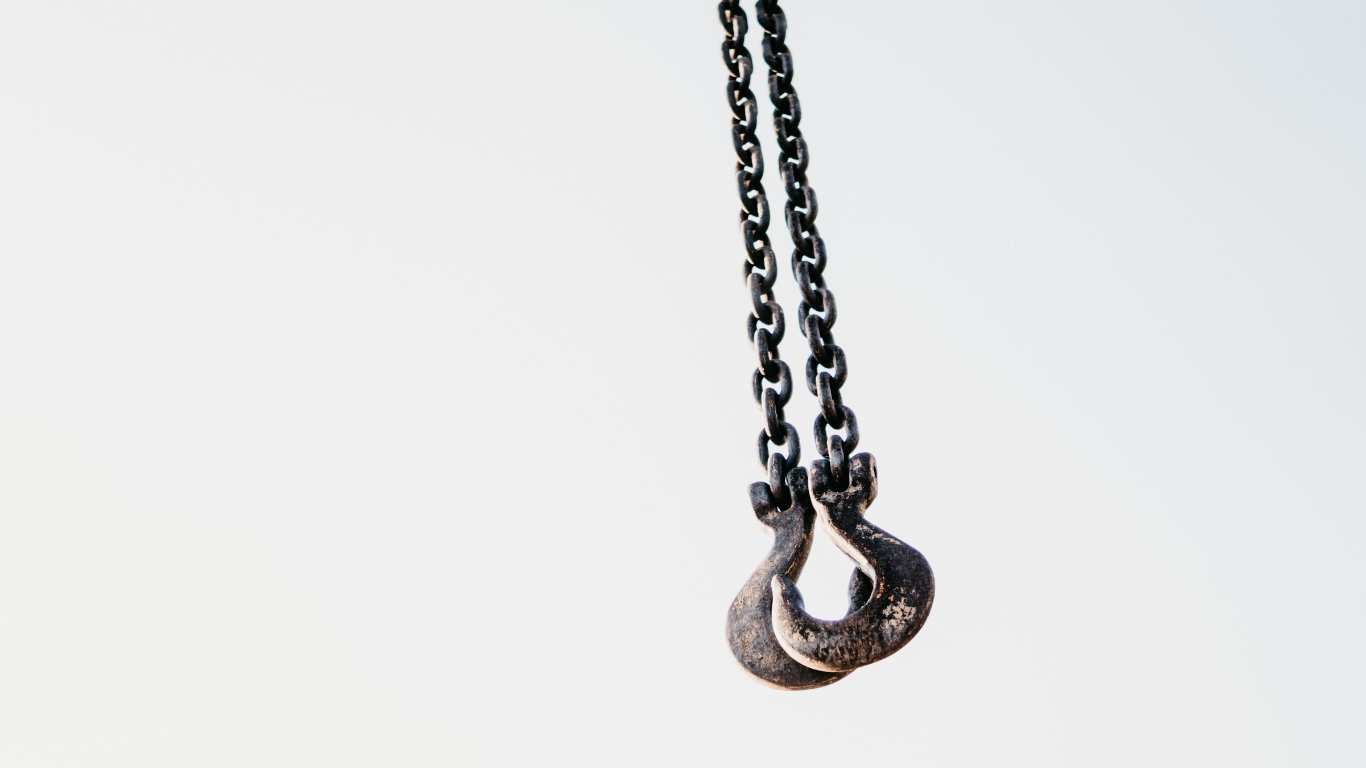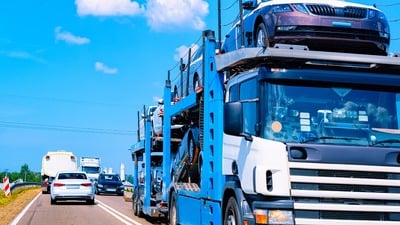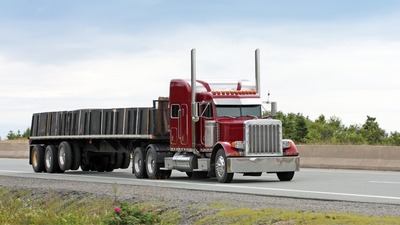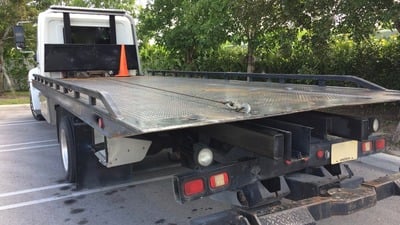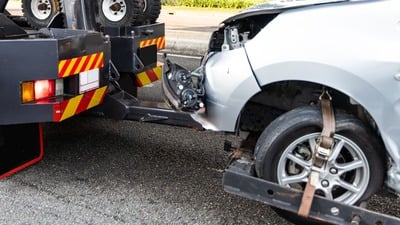Introduction to Chain Slings in Heavy-Duty Towing
Chain slings are crucial in heavy-duty towing and lifting operations. These are made from high-strength, durable metal chains designed to handle the rigors of lifting heavy loads. What makes chain slings stand out is their versatility and reliability. They can easily adapt to various shapes and sizes of loads, providing a secure grip without causing damage. Plus, chain slings can withstand extreme conditions, including high temperatures and rough environments, that would compromise the integrity of other types of slings. Whether lifting machinery, construction materials, or any heavy cargo, chain slings ensure the job gets done efficiently and safely. Their strength and flexibility make them a go-to choice for industries where heavy lifting is a daily task.
Chain Slings Versus Other Towing Equipment
When it comes to heavy-duty towing, chain slings stand out from the pack. But why pick them over other towing gear? First up, let's talk strength. Chain slings can handle the weight and the heat, quite literally. They're made for lifting heavy loads without breaking a sweat. Whether it's extreme temperatures or rough conditions, these chains don't flinch. Next, versatility. Chain slings adapt. You can change their length, adjust the lifting points, and even pick different types of hooks and attachments to suit your load. It's like having a multi-tool compared to a single screwdriver. Now, durability. It's no secret that chain slings are tough. They resist abrasion, endure heavy use, and last longer than many alternatives. That means less replacement and repair, saving you money and hassle in the long run. But nothing's perfect. Chain slings are heavier and might need a bit more muscle to manage. They also require regular inspections to catch any wear or damage early on. In contrast, materials like wire rope or synthetic slings might be lighter or less costly upfront, but they have their downsides. Wire ropes can kink or fray, and synthetic slings can suffer from cuts or chemical damage. Each tool has its place. Yet, for sheer strength, adaptability, and resilience, chain slings often lead the charge in heavy-duty towing tasks.
Durable and Reliable: The Key Advantages of Chain Slings
Chain slings are the go-to for heavy lifting and towing for good reasons. They're built to take a beating and keep on working. Talk toughness, and chain slings have it in spades. You can drag, lift, or secure heavy loads, and these chains won't quit on you. Here's the deal: they're made from high-grade steel, making them strong enough to handle extreme conditions without breaking a sweat. Whether it's extreme temperatures or corrosive environments, chain slings can handle it. Plus, they're versatile. Need to adjust the length or configuration? No problem. You can easily change how they're set up to fit different loads, making them a smart choice no matter the job. In short, when you pick chain slings for the heavy stuff, you're choosing durability and reliability. They’re investments that pay off by not letting you down when it gets tough.
Versatility in Application: How Chain Slings Excel
Chain slings shine when it comes to versatility in heavy-duty towing. Their design allows them to adapt to various shapes, weights, and sizes of loads, making them a go-to choice in numerous industries. Think construction, manufacturing, and even maritime. One of their standout features is the ability to easily adjust their length or configuration. You need to lift something awkwardly shaped or especially heavy? No problem. Chain slings can be reconfigured on the spot. Plus, they come in different grades of steel, tailored to your specific needs. Whether it’s a high-temperature environment or a situation requiring a bit more finesse, there’s a chain sling for that. In essence, when you reach for a chain sling, you’re grabbing a tool that’s not just tough but also incredibly adaptable to whatever challenge you throw at it.
Enhancing Safety with the Use of Chain Slings
When it comes to heavy-duty towing, safety isn't just a priority; it's everything. That's where chain slings come into play. They're not just strong; they're designed with safety in mind. First off, chain slings can handle insane amounts of weight. We're talking loads that would make other equipment buckle. This means when you're lifting something hefty, a chain sling is more likely to keep it securely in the air, not crashing down. But it's not just about brute strength. Chain slings are smart, too. They can be adjusted and configured in ways that evenly distribute the weight. This balance reduces the risk of slips or sudden shifts that can lead to accidents. Plus, they come with durable hooks and clasps that ensure a tight grip on whatever they're holding. And let's not forget about the material itself. Chain slings are made of tough metal that can withstand not just the weight but also the harsh conditions of towing operations. They resist corrosion, endure extreme temperatures, and stand up to the kind of wear and tear that would tear other materials apart. In a nutshell, using chain slings in heavy-duty towing isn't just about getting the job done. It's about getting the job done safely. Whether you're lifting machinery, construction materials, or anything in between, chain slings offer a level of reliability and security that's hard to beat.
Understanding the Load Capacity of Chain Slings
Chain slings are vital for heavy-duty towing because they are strong and can handle a lot of weight. But, it's crucial to understand their load capacity, which is how much weight they can safely lift or tow. This capacity can vary based on the material of the chain, the size, and the way the chain is shaped or linked. Typically, manufacturers will mark the chain sling with its maximum load capacity to avoid any guessing games. Remember, exceeding this capacity can be dangerous, leading to accidents or damage. So, when picking a chain sling for a job, always check its load capacity to make sure it fits the task at hand. Also, periodic inspections are a must to ensure there's no wear and tear that might compromise its strength over time. Staying mindful of these factors will help you use chain slings safely and effectively.
Maintenance Tips for Long-Lasting Chain Slings
Chain slings need regular checks and maintenance to keep them in top shape. Wipe them down after every use to remove dirt and grime. It’s simple; keep them clean, and they last longer. Check for wear, twisting, or stretching before you use them. If you see any damage, don't use it. This includes looking for cracks, severe wear, or any signs of corrosion. Lubricating the chain can also extend its life; just make sure you use the right kind of lubricant – your supplier can recommend one. Store them properly, away from extreme conditions. Don’t just throw them on the ground; hang them up or place them in a designated area. Regularly inspect them; a quick check can save you from bigger issues down the line. Remember, keeping your chain slings maintained means they’re always ready for heavy-duty towing without any letdowns.
Cost-Efficiency of Investing in Chain Slings
Chain slings might appear pricier at first glance compared to other lifting gear, but their long-term value speaks volumes. They're highly durable, meaning they don’t need to be replaced as often as nylon or wire rope slings. This durability translates into cost savings over time. Moreover, chain slings can handle extremely high temperatures and rugged conditions without losing integrity, further reducing the need for frequent replacements or repairs. So, while the upfront cost might be higher, the return on investment is superior thanks to their extended lifespan and resilience. In essence, investing in chain slings for heavy-duty towing is a smart financial move in the long run.
Practical Examples of Chain Slings in Action
Every day, huge amounts of materials get moved around in construction sites, warehouses, and ports. Here's where chain slings shine. Imagine a construction site where a giant concrete block needs to be hoisted to the top floor. A chain sling, attached to a crane, wraps securely around the block. It's lifted smoothly, without a hitch. Or picture a warehouse where heavy steel beams must be loaded onto a truck. With chain slings, workers can quickly bind the beams and use a forklift to move them, ensuring safety and efficiency. Another scenario could be at a shipyard where large shipping containers need to be loaded onto a cargo ship. Chain slings are the go-to for their ability to handle the weight and their durability against the elements. These examples show chain slings are not just tools; they are essential components that keep operations running smoothly and safely in places where heavy lifting is a daily task.
Choosing the Right Chain Sling: Key Considerations
When you're picking out a chain sling for heavy-duty towing, it's like choosing the best tool for a tough job. Not all chains are built the same. The material, size, and type of chain sling you pick can make or break your towing job. First up, consider the weight of what you're towing. Chain slings come with different load capacities. Don't guess this! Use the total weight of your load to choose a chain that can handle it. Next, think about the type of material. Alloy steel is a common choice because it's strong and durable, perfect for heavy lifting. The length and size of the chain also matter. Longer chains are good for bigger loads but harder to control. Then there's the sling type. Single leg, double leg, or even four-leg slings? Your choice depends on the balance and shape of the load. A complex shape might need more legs to stay balanced. Lastly, consider the environment. Working in harsh conditions? Get a chain sling that can resist whatever you throw at it, like corrosive substances or extreme temperatures. Choosing the right chain sling isn’t just about what's cheapest or strongest. It's about matching the chain to the job to tow safely and efficiently

